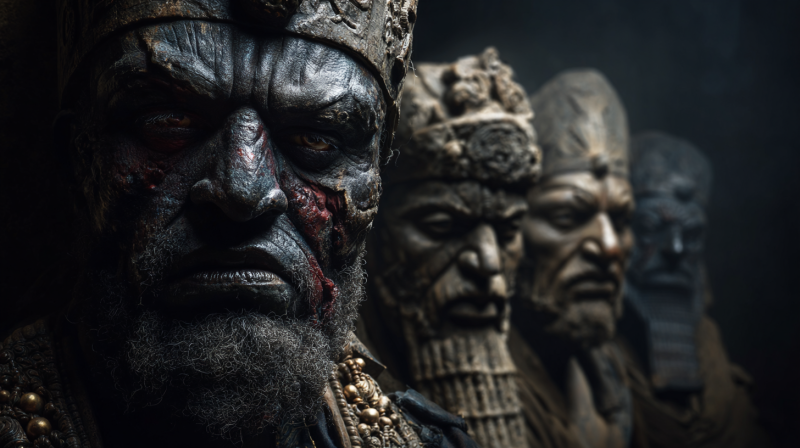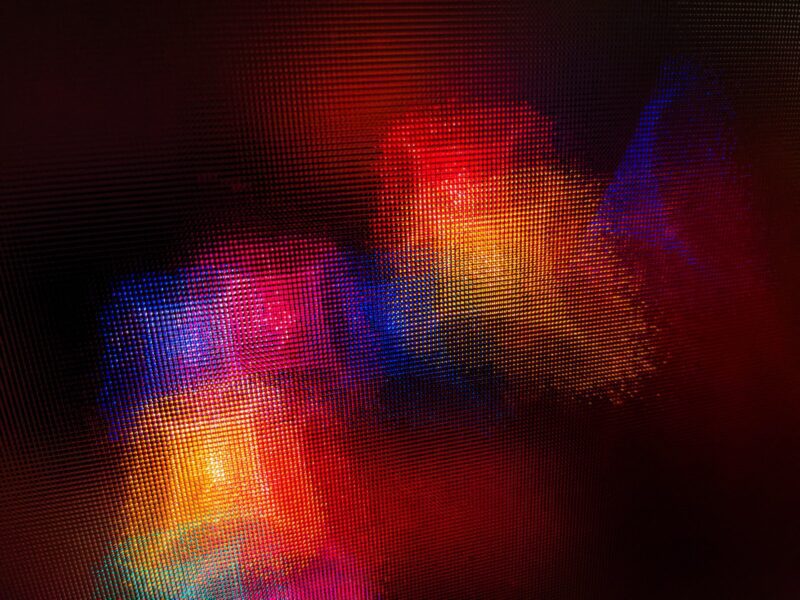The name “Talisman” comes from the Greek verb “teleo,” meaning “to accomplish” or “to put into effect.” A talisman or amulet is a magical object that is believed to bestow supernatural powers or protection on its bearer. Almost every religion in human history has offered little beautiful things to its followers with the intention of healing, protection, or success.
Very often, the talisman symbols are taken out of sacred geometry. Archaeologists, anthropologists, and geometricians all refer to the religious, philosophical, and spiritual beliefs that have developed around them as “sacred geometry.” It is a term covering Pythagorean geometry and neo-Platonic geometry. Sacred geometry is often referred to as the language of God. Sacred geometry symbols are a means of bringing subtle, inner realities to a focus in outward expression. Within the fundamental unity of consciousness, certain symbols, such as the lotus lifting itself in purity above the muddy water, possess universal relevance and power.
Ancient Egyptian Talismans
Scarab Beetles
Ankh
Heart
Tyet, Buckle or Knot of Isis
Djed
Ba
Two Fingers
Udjat (Eye of Horus)
Christian Talismans
Cross
Fish
Jewish and Kabbalah Talismans
Star of David
Hamsa
Five Metals Ring
Tree of Life
Buddhist Talismans
Buddha
** There are MANY variations of Buddha amulets and talismans depending on the country and region.





